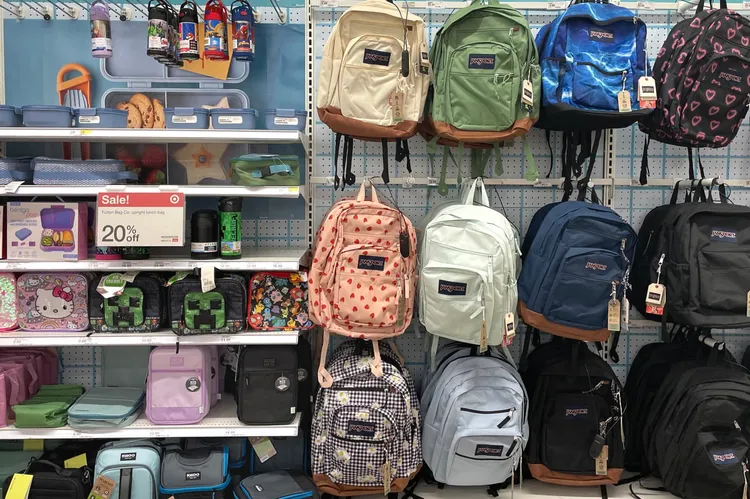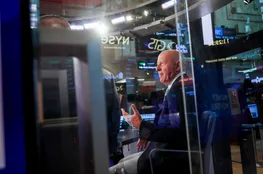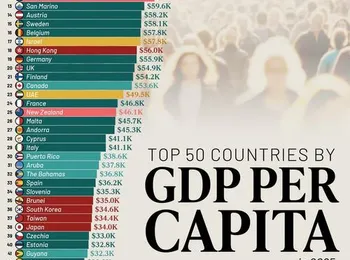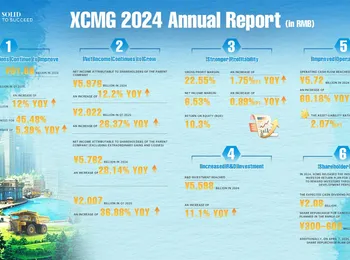Back-to-school spending persists despite economic pressure, consumer survey says Despite growing economic pressures, families are continuing to invest in back-to-school supplies, according to a new PwC consumer survey. The survey reveals that nearly three-quarters of back-to-school shoppers anticipate spending the same amount or more this year compared to 2024, with over one-third expecting to spend more. This continued investment highlights a resilient consumer behavior, driven by essential needs and a perception of back-to-school spending as a consistently necessary expense. Kelly Pedersen, PwC’s U.S. retail leader, explained that this reflects a value-oriented consumer approach, acknowledging the necessity of specific supplies and technology for their children’s education. The survey underscores the importance of factors like textbooks and specialized school supplies, alongside the requirement for technology, as key drivers of back-to-school purchases.
Consumers are navigating an uncertain economic environment, characterized by global trade dynamics and fluctuating consumer confidence. While May saw stronger-than-expected consumer confidence, overall spending pulled back sharply during the month. The temporary removal of some tariffs implemented by former President Donald Trump has been viewed positively, offering a potential boost to consumer spending. However, the long-term implications of these tariffs remain unclear, and some retailers are responding with price increases, reflecting concerns about potential future tariffs. This creates a complex landscape for consumers, who are acutely aware of potential price hikes and are actively seeking value. The persistent influence of global trade and shifting economic indicators continues to shape consumer behavior, adding to the challenges faced by families as they plan their back-to-school purchases.
Retailers are adjusting their strategies in response to shifting consumer behavior. Discount retailers are gaining popularity as consumers prioritize value, while many are reusing items from previous years to manage costs. The survey indicates that technology and clothing are the primary categories where parents are cutting back on spending, while essentials like books and school supplies remain relatively insulated. Specifically, 25% of parents plan to spend more than $500 on back-to-school technology, while 42% anticipate spending under $50. This strategic adaptation within the retail sector reflects a direct response to consumer priorities and a desire to mitigate the impact of economic uncertainties. The continued focus on value and cost management is a key trend impacting purchasing decisions during the back-to-school season.
Furthermore, generational differences are playing a significant role. Gen Z parents are demonstrating a preference for in-store shopping, suggesting a potential resurgence for brick-and-mortar retail. This preference is particularly notable compared to millennials and Gen X parents. The survey’s findings indicate that Gen Z’s shopping habits could contribute to the resilience of physical retail stores. The combination of these factors—economic uncertainty, generational preferences, and technological advancements—is creating a dynamic and evolving back-to-school shopping environment. Understanding these trends is crucial for both consumers and retailers alike to successfully navigate the upcoming school year. The diverse shopping behaviors across generations highlight the complexity of the market and the need for retailers to cater to a wide range of preferences and needs.
























